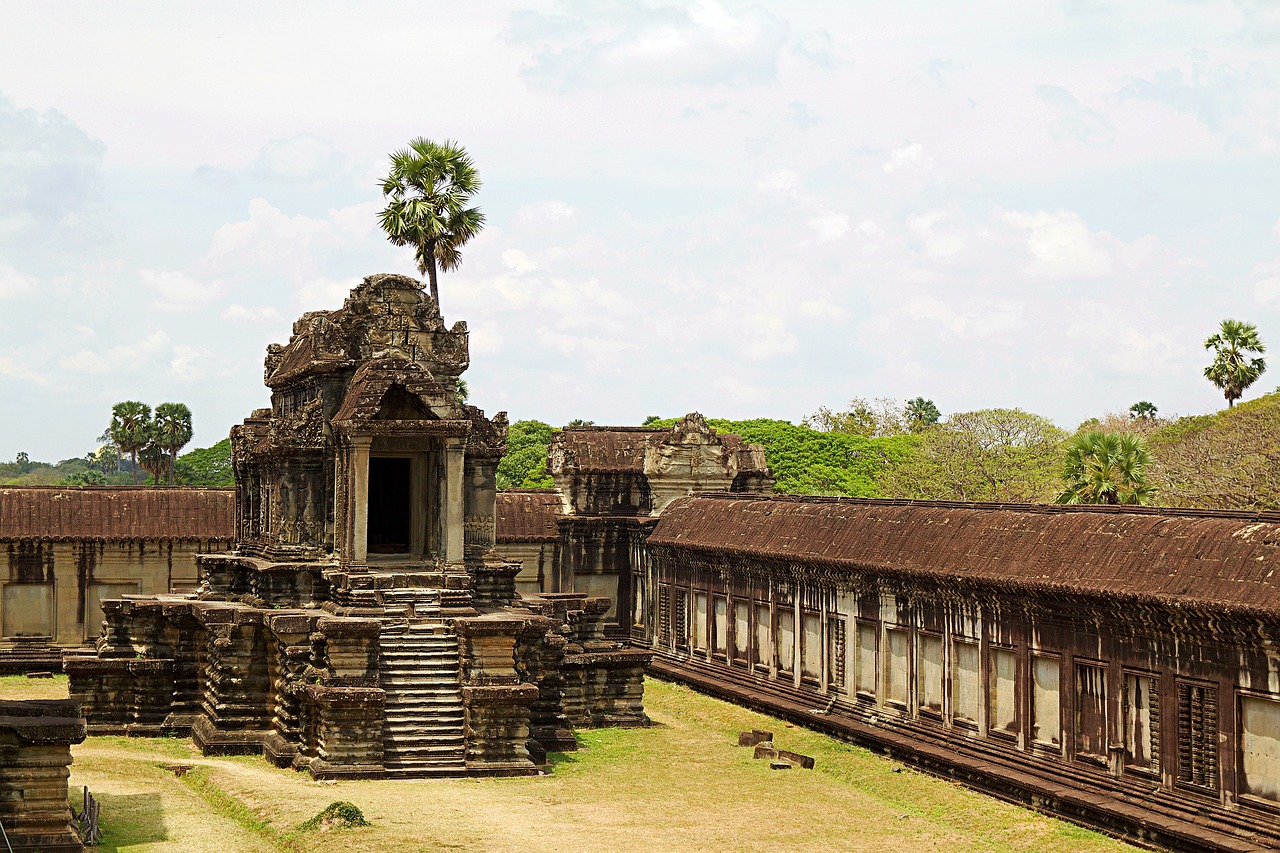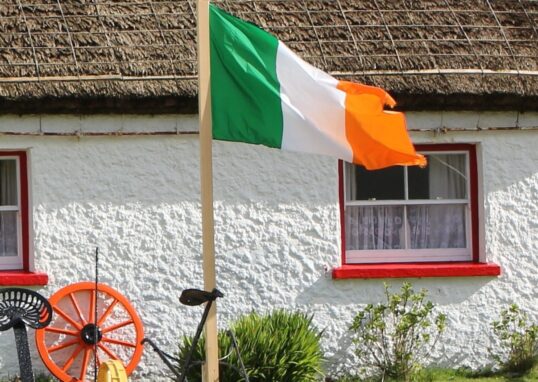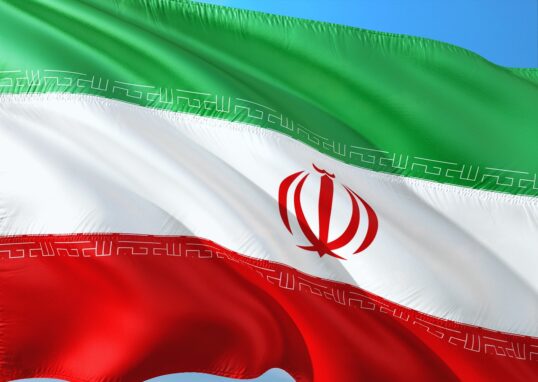
The Lost Empire’s Beating Heart: Angkor Wat’s Untamed Grandeur
Angkor Wat, situated in Siem Reap, Cambodia, is a renowned spiritual monument and a UNESCO World Heritage Site. This beautiful temple features stunning carvings that evoke its rich historical significance. Suryavarman II, the Khmer king, built Angkor Wat in the 12th century C.E. Later, the temple was developed as a Buddhist worship place, a clear sign of the religious transformation in the region.
Currently, Angkor Wat serves as a national symbol of Cambodia. It is a highly renowned and significant attraction for Southeast Asian tourists due to its spiritual significance, grand architectural design, and historical importance.
Historical Background of Angkor Wat, Cambodia
Angkor Wat is situated within the Angkor Archaeological Park, which was once the capital of the mighty Khmer Empire in medieval Southeast Asia. When the Khmer Empire reached its peak, it controlled a vast area encompassing present-day Cambodia, Thailand, Laos, and Vietnam, thereby making Angkor Wat the iconic symbol of Khmer civilization.
When its construction began around 1113-1150 AD, Angkor Wat was originally a temple of Lord Vishnu. The word “Angkor Wat” translates to “Temple City,” underscoring the temple’s dual roles as a religious center and a royal capital. Angkor Wat faces west, a direction traditionally associated with Vishnu in Hinduism, unlike many other temples in the region. This is a unique feature, as most Khmer temples face east.
During the reign of King Jayavarman VII in the late 12th century, the empire underwent a shift towards Buddhism, and Angkor Wat gradually evolved into a Buddhist temple, a status it still holds today.
Architecture and Layout of Angkor Wat
One of the most striking aspects of Angkor Wat is its unique architectural design. The vast area contains several temples and numerous monumental features, including moats, rows that climb to the tops of the main buildings, and sculptures, all of which are notable places. The tower, which is the central point of the temple, rises 65 meters (213 feet) from the ground, imitating Mount Meru, a mythical place.
Angkor Wat is a prime example of Khmer classical architecture, characterized by its internal parts, which are mostly sandstone carvings, the increase in the main horizontal arms through high-relief carving, and the flamboyant row of towers situated directly outside or adjacent to the wall. The mass external wall and the open area in another part border the Configuration measured on the rectangle. Functioning as a metaphoric parallel to Mount Meru, the temple’s central gold-plated spires represent the Hindu cosmos and its central sculpture, which symbolizes Mount Meru.
Moat and Entrance Causeway
As the Angkor Wat site appears to tourists, the most noticeable thing is its wide moat, which continuously encloses all the temples and covers a stretch of 3.6 kilometers. The moat is the embodiment of the cosmic oceans that encompass Mount Meru in Hindu mythology.
After crossing the moat, visitors arrive at the West Gate, the main entrance, which is beautifully decorated with carved reliefs of Apsaras and other mythical figures.
The Temple Structure
Upon crossing the external walls, tourists can discover a vast courtyard encircling the main temple complex. Angkor Wat consists of three terraces, each representing a different spiritual plane, and is intersected by steep staircases.
The main sanctuary (the central part of the temple) is surrounded by a space in the middle, where a Buddha statue is today. This is a symbol of the temple’s Buddhist legacy. Next to it are the galleries, decorated with cut rock carvings that narrate scenes from Hindu and Buddhist mythology.
Bas-Relief Carvings
One of the most spectacular features of Angkor Wat is the extensive gallery of bas-reliefs that runs along the inner corridors of the temple. The bas-relief carvings extend along one wall for approximately 800 meters and depict scenes from the Hindu epics of the Ramayana and Mahabharata, as well as historical events from the reign of Khmer rulers.
One of the public’s favorite bas-reliefs depicts the Churning of the Ocean of Milk, a Hindu myth in which the gods are demons who work together to churn the ocean to obtain the nectar of immortality. This exceptional piece, situated on the eastern surface of the monument, is recognized for its level of detail and significance in the symbolism.
Towering Spires
The five towers of Angkor Wat are remarkable to people as they rise above the temple structure. The spires are designed as lotus buds, symbolizing purity and spiritual growth in both religions. The central tower is the tallest, metaphorically representing Mount Meru’s peak, and smaller mountains symbolize the rest of the four.
The spires that can be viewed from the jungle and other nearby temples of Angkor are often off-limits for climbing due to preservation reasons.
Cultural Significance of Angkor Wat
Angkor Wat is a significant cultural place in Cambodia. The temple serves not only as a symbol of the spiritual and artistic accomplishments of the Khmer Empire but also of the Cambodian national identity and the country’s resilience. Throughout the years, Angkor Wat has been revered as a sacred site by both the Hindu and Buddhist communities, and to this day, it remains a place of worship.
Cambodia experienced extremely hard times during the Khmer Rouge regime and the civil war that followed. Nevertheless, Angkor Wat survived and reappeared as a symbol of national pride and cultural continuity. The temple was designated a UNESCO World Heritage site in 1992, which recognized its global significance and prompted worldwide endeavors to restore and protect the area.
Nowadays, Angkor Wat is closely linked to Cambodian culture and is featured on the nation’s flag and currency. It is often referred to as the heart of the country and the focal point of many Cambodians’ spiritual and cultural values.
Tourist Experience at Angkor Wat
Angkor Wat is the focal point of the larger Angkor Archaeological Park, which comprises numerous temples, each with its own distinctive architectural style and historical significance. Nearly all visitors spend a few days visiting Angkor Wat and the adjacent temples, such as Bayon, Ta Prohm, and Preah Khan.
Best Time to Visit
The best time to visit Angkor Wat is during the dry season, which spans from November to March. During this season, the climate is more agreeable, with cool temperatures and low humidity, making the place perfect for meandering through the enormous temple complex.
The most popular activity at Angkor Wat is getting up early to witness the sunrise over the main temple. So, please don’t wait and join them as the sun rises by the moat, where hundreds of visitors charmingly gather to watch the sun’s slow rise behind the central spires, a move that bathes the whole temple in golden light. These happy hours are a real treat for most travelers and provide exquisite photo opportunities.
Exploring the Angkor Complex
Angkor Wat is part of the larger Angkor Archaeological Park, which covers over 400 square kilometers. After entering and walking inside the central temple, visitors prefer going to nearby buildings:
Bayon Temple:
Famous for its 54 towers with over 200 massive stone faces, Bayon is a stunningly lovely temple that signifies the shift from Hinduism to Buddhism during the reign of Jayavarman VII.
Ta Prohm:
Ta Prohm is a temple made famous by the movie Tomb Raider. It is known for the giant trees and roots that have engulfed and crawled over the ancient stone structures, creating an aura of mysticism.
Banteay Srei:
Further from the central complex, Banteay Srei is a smaller temple renowned for its exceptionally fine carvings, often referred to as the “jewel of Khmer art.”
Visitor Tips
Guided Tours: It is highly recommended to hire an experienced guide to maximize one’s appreciation of the historical and cultural significance of Angkor Wat and its adjacent temples. Guides can clarify the temples’ history, architecture, and symbolism to enrich the visiting experience. Visitors also travel to the nearby country of Thailand, which also has many ancient temples.
Conservation Efforts:
Though still well-preserved, Angkor Wat remains a delicate complex after centuries of human use and natural exposure. To keep the site intact, tourists must follow regulations, such as avoiding climbing upon broken structures and staying out of closed-off zones.
Dress Code:
Since Angkor Wat is a sacred religious site, tourists are expected to dress modestly. This implies covering the shoulders and knees, particularly when entering the inner sanctuary.
Conclusion
Angkor Wat represents a Khmer Kingdom architectural wonder and a testament to oriental religious scholarship. Its grandeur, artistic design, and history can be considered among the most significant cultural icons in the world. Its massive size and splendor strike visitors to Angkor Wat, as well as the profound sense of history and spirituality that the place radiates. Angkor Wat was then transformed into a Buddhist monastery, and since then, it has reflected the uniqueness of Khmer culture. Making a trip to Angkor Wat is not just a historical adventure but a journey tracing the seamless relationship between art, religion, and human creativity.










